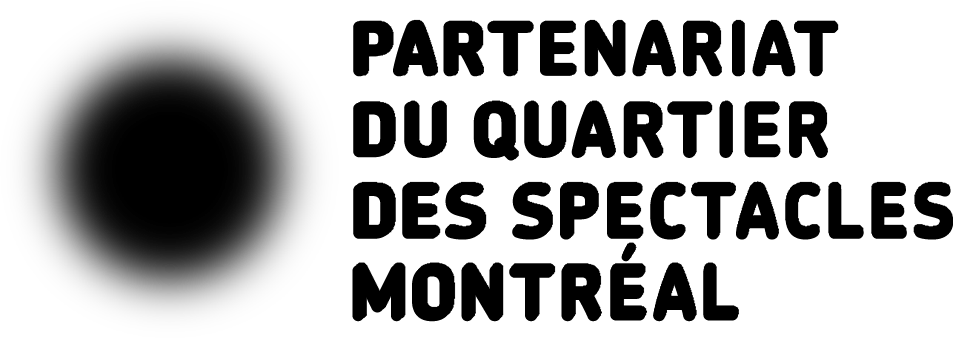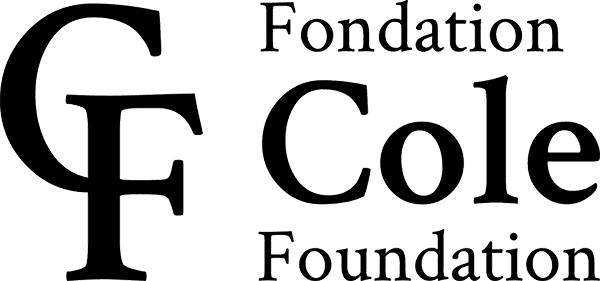How would you describe Them Voices?
I think of the word journey. There’s a transformation, the energy of which we understand, I think, through the forms, through the body, though my identity is not clearly visible or defined. I do see struggle inside of the work, as much I maybe wanted to avoid that. Mostly, I wanted to dive into something that was exploring different avenues of thriving, a continuing of… Not just a reimagining, but a reinventing of narratives.
The piece seems to explore tensions between memories and the present, stillness and movement, the intimate and the public?
I don’t know how intentional it is. That kind of unfolding happened naturally. I think these tensions are there, and in a way, when I say there is struggle in Them Voices, I feel like it is in these moments where a memory erupts, or where something presents itself: there’s always this play between resistance to it and going in it, and allowing it, whether that’s an eruption or moment of inspiration or instinctual reaction, to just continue, to unfold.
You often work with objects, objects that you encounter, that you recast and reinvent. Can you tell us more about this process?
It’s been consistent in my work. I work with a lot of materials and objects on set, but I think my approach sort of transformed midway in my career. I started to really go: “these aren’t just objects. In a way too, they’re bodies.” I regard them as having a spirit and having their own life. Yes, these are bags of soil, or a tin pan, but on another level they’re a tool, something to be discovered. I am allowing myself to expand the imagination, to really approach objects like I’m discovering them for the first time. It is a relational practice, a dialogue. As close as I can, whatever that means, as far as that curiosity, that play, that sort of child wonder leads me. These are materials, but they have such diversified ways of being, spirits, energy, through their sound, through their texture, the sensations they produce.
You work with duration and repetition. I think of your interaction with the long rolls of foil, how does this play into your work?
Yes. I’ve often worked with duration and repetition, and sort of allowing. Often, when I am in the creation or editing process of my work, I’ll ask “is this too much, should I go more?” Even though it’s a very simple proposition, carrying these rolls of foil, and watching them fall, and trying to maintain them… There is a real reciprocity happening. And I think that there’s a real invitation to be really present. Bearing witness to the slight nuanced variations can allow the public to just be in that place where they… I’m not necessarily telling them what it is, but it is a holding of space for the public, so that multiple reactions can come up. I think that was really the idea behind repetition and duration for me: offering that space for the public to discover for themselves.
The piece was created for the garden of the Musée d’art contemporain de Montréal, how do you think moving indoors to Espace Libre will shape the piece?
There’s a level of order and disorder outdoors, and it’s so beautifully orchestrated: the natural elements of the sky, the birds, etc. Going in this process, moving the piece indoors, I realized it is not going to be the exact same thing. There are certain things I’ll abandon, and certain things I’ll discover. The piece goes back to the relationship with the body and the materials. I’m finding that our attention becomes more fine-tuned to the soundscape that’s naturally present in the space: my feet on the floor, the tarp, my breath… It feels a little less chaotic, or unpredictable, but at the same time, there’s something that feels more amplified.
Do you see your work as political?
I think my work has always been political as far as it is grounded in intergenerational relations and the effects of the residential school. It’s a part of my lived experience and it informs me. When I think of the states that I’m shifting through in Them Voices, it’s really anchored in this legacy, but it’s also really being mindful of. I really don’t want to be working with a strong trauma narrative. That is a very Western language that can pigeonhole me. I want to look at the thriving body, the celebration of the body. My body and spirit as having agency within its journey and process of transformation.










